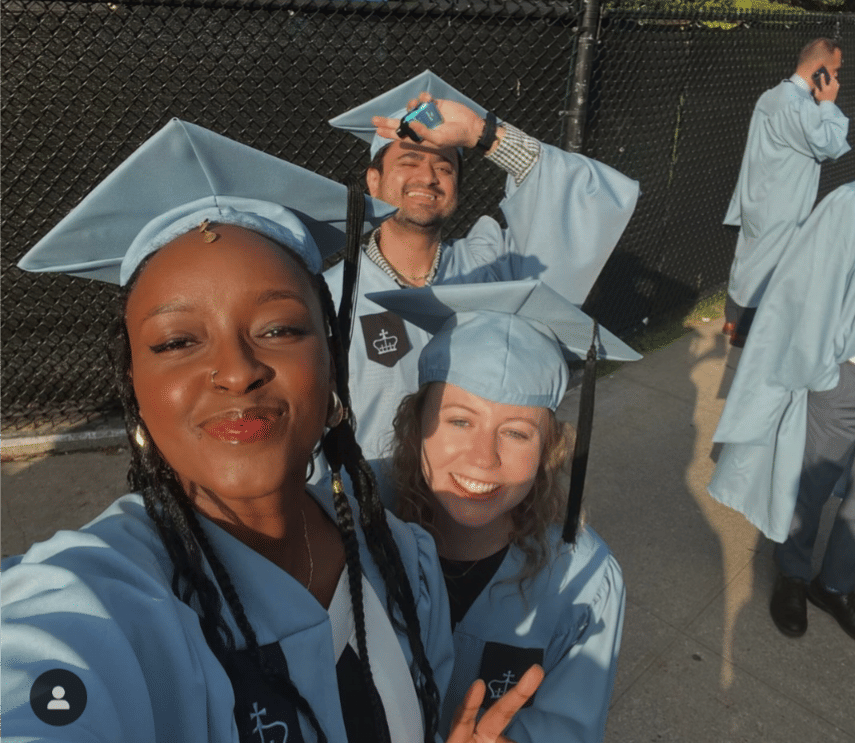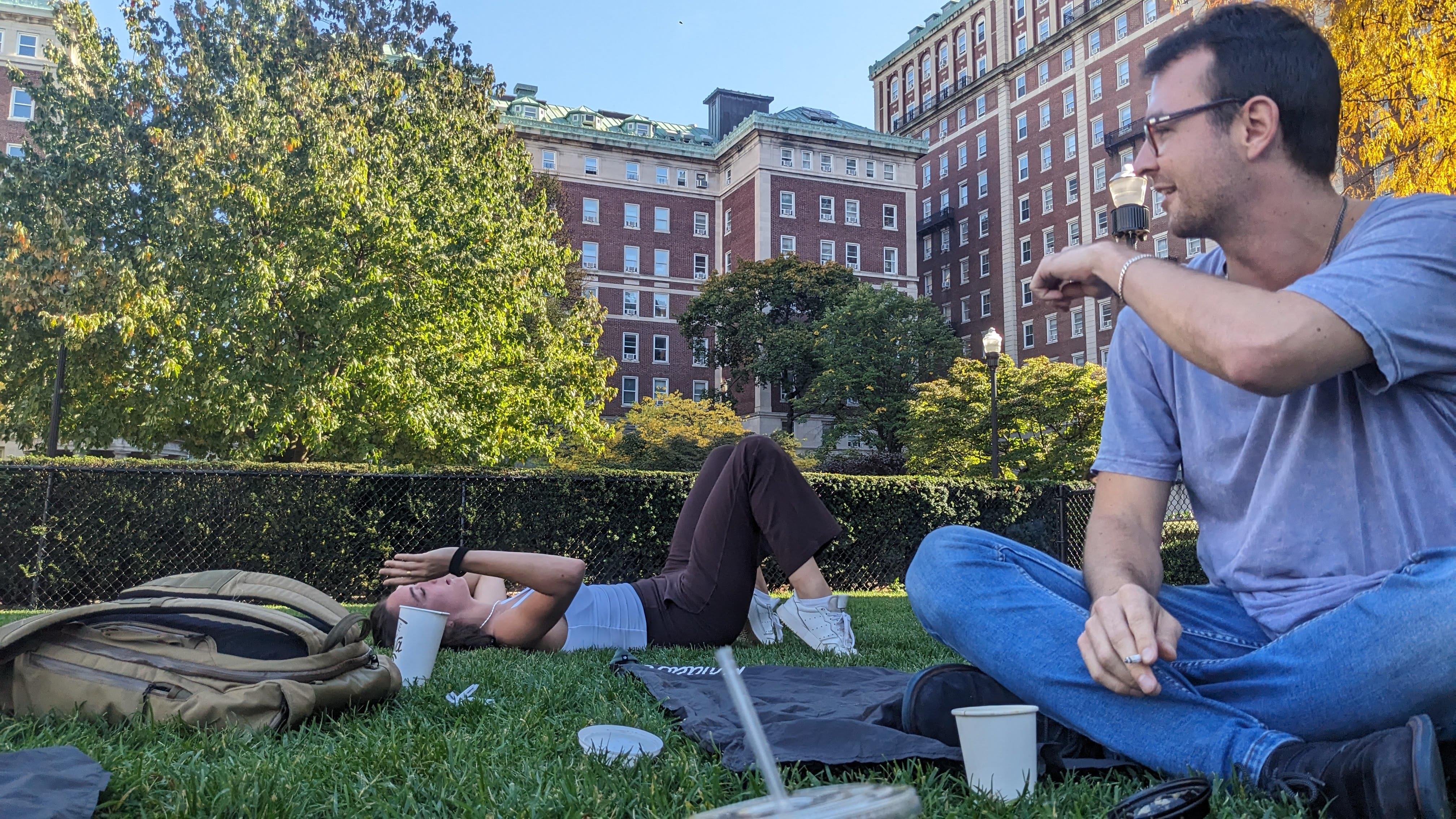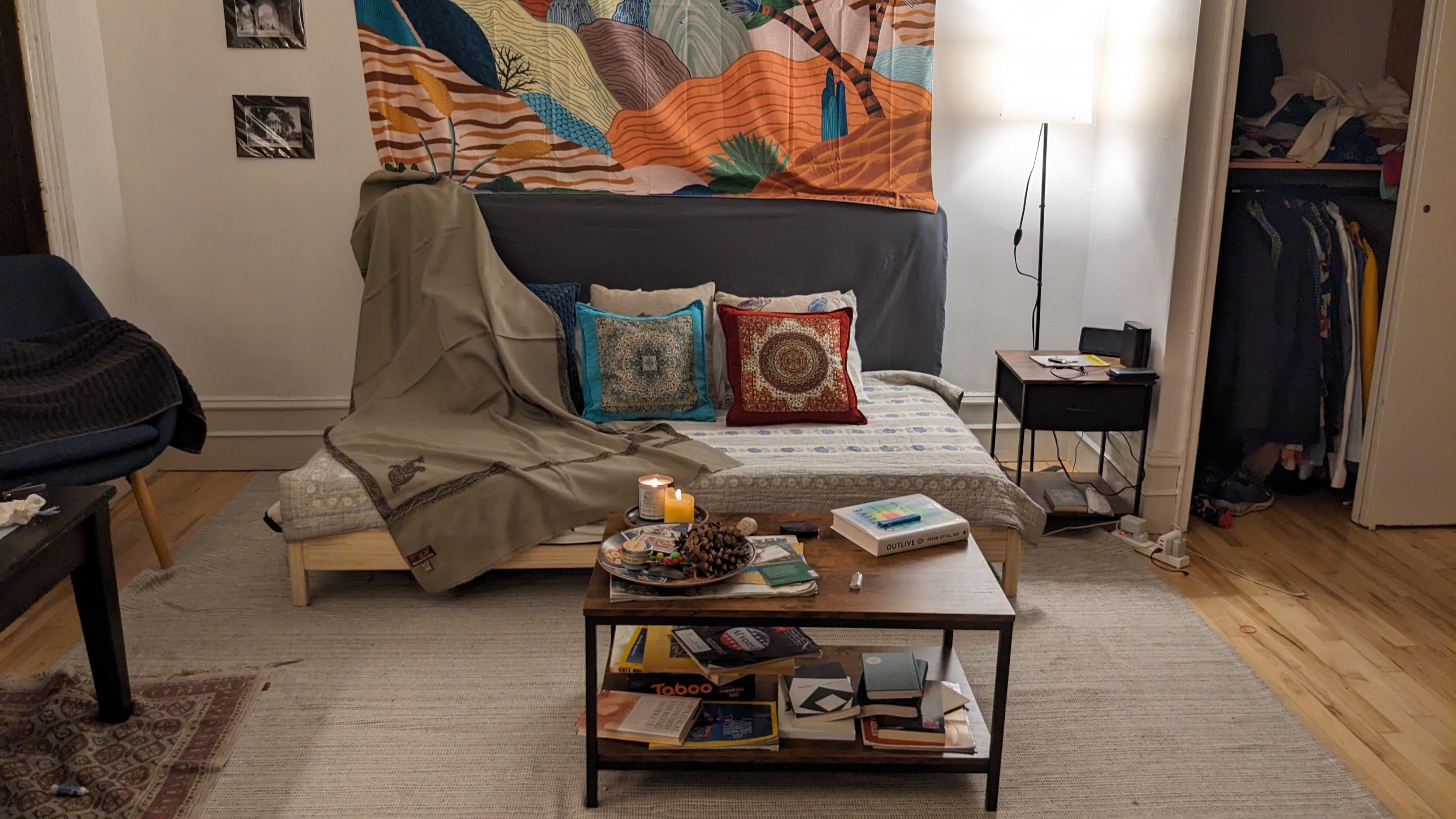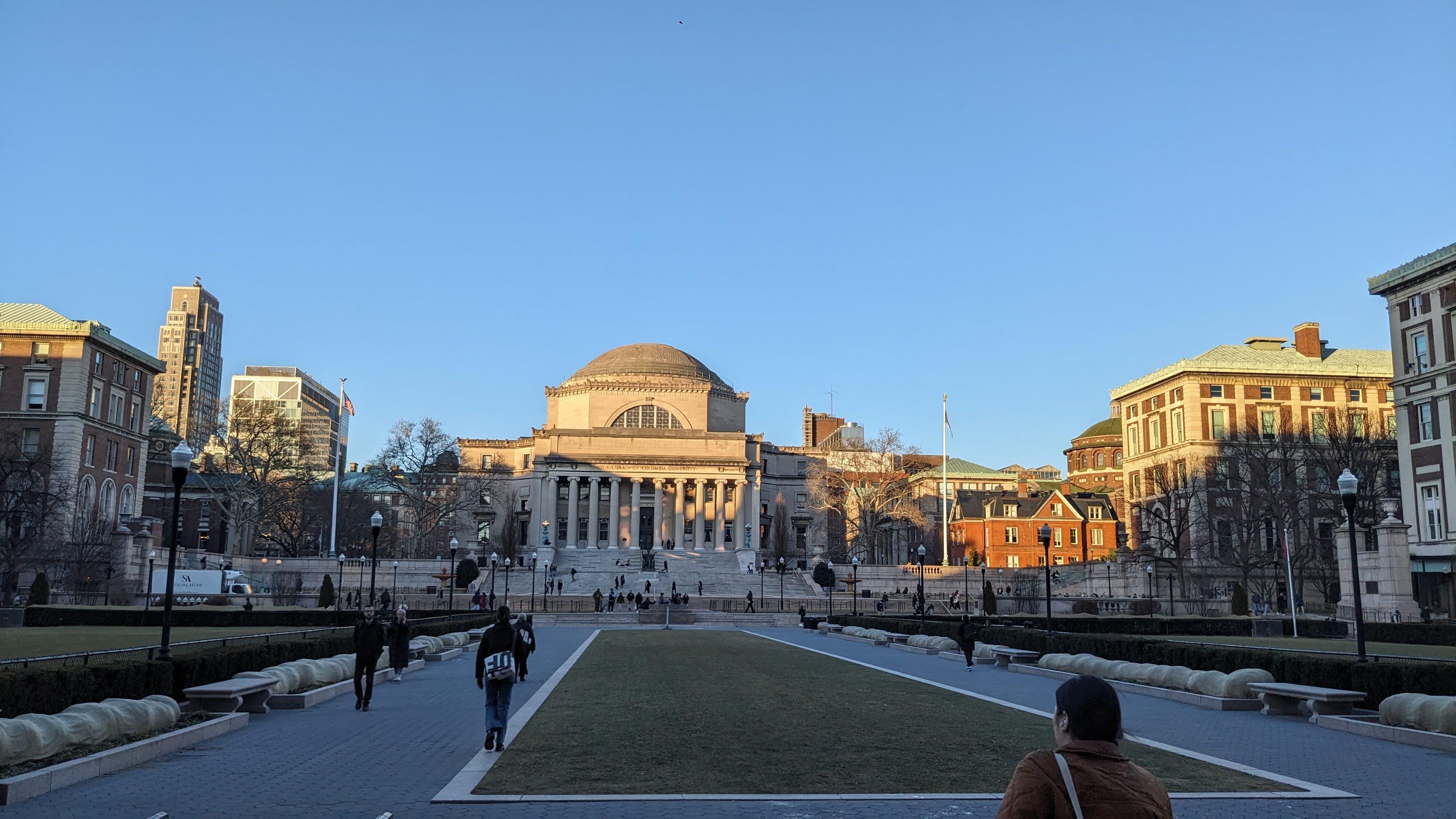What Students Say
Likes
- Location in NYC and proximity to some of the greatest landmarks and places in the world.
- Professors both tenured and adjunct professors, all of who are distinguished and have excellent track records of academic publication and actual practice.
- Institutional networks with top policy and finance organizations.
Dislikes
- Recent handling of student protests and overall administration response to student issues.
- Extremely expensive due to its location.
- Some of the infrastructure in the School of International Affairs is quite dated compared to the business school
Course Curriculum
- The curriculum can be advanced depending on what your level of undergraduate experience is. There are advanced courses in economics, accounting, policy making, and a few others. The rest are electives and can be selected from intermediate to advanced.
- Classes are usually held anywhere between 9 am - 6 pm, but you have flexibility in picking your own schedule. Generally, it’s a good idea to take technical courses in the field you want to practice after graduation, such as finance, or accounting, or data analytics. This way you can use class projects to demonstrate skills and experience in specific areas that are listed in the JD of a job you are interested in applying for.
Admission Experience
- I applied to 4 colleges in total before I finally got into Columbia University:
2 accepted - Columbia and LSE
2 rejected - Oxford and Cambridge - Columbia stands out for its excellent location and institutional networks with banking and policy sectors in New York and Washington D.C. I intended to find work in NYC after graduation and that was the main reason why I chose Columbia.
- My intake was in August 2022. The admission process took 3 months from the time of application (February 2022) to the time of decision (May 2022). The admission process required a policy essay and personal statement, a copy of transcripts, and recommendations from professors and colleagues. GRE is optional. Overall admission process was straightforward and smooth.
Faculty
- Yes, professors can be very helpful. Students should invest extra time and effort building a relationship with their professors, from a mentor-mentee point of view. Professors who see talent and potential in students go out of their way to help you with networking and job advise. I personally had multiple professors help me with job hunting, and their recommendations went a long way in helping me get interviews.
- The average Indian students in the class would be 15-20 students. My course had about 5-10 Indian students. The ratio is quite low and results in very intimate and high-quality of teaching and instruction. Teaching quality in the US is generally of a very high standard. This is a mix of in person lectures using PPTs, discussions and exercise, and talks by distinguished guest speakers.
Campus Life
- Two campuses, one on 115th Street and one on 125th Street. All facilities are available including multiple libraries. A big gym and sports centre. Medical services on campus. Lots of clubs available for every interest imaginable. I was involved in the squash club and the policy club.
Part Time Jobs
- You can work as a TA or reader with classes and get paid USD 5000-7000 for these positions.
- Foreign students are only allowed campus jobs and cannot work off campus. Max work hours allowed are 20 hours a week. Positions are quite competitive.
- Indian students are only allowed to work campus jobs and they must apply through campus recruiting. Pay ranges from 15-25 dollars an hour.
Placement
- 80-90% of graduates find employment after graduation. Average salary ranges from 70k USD to 150k USD depending on how many years of experience you are coming in with.
- There are a lot of campus recruiting events where all major consulting finance and energy companies come to recruit. The most frequent way of getting jobs after is through recommendations or referrals from friends and faculty .
Accommodation
- I found my own private accommodation through streeteasy.com. Monthly rent is 2500 USD not including utilities. Utilities are another 200 dollars including internet and electricity. Hot water is included in the rent.
- Students should go for University student housing as it's much cheaper and comes with furnished. I stayed a 15 minute subway (train) ride away from the Columbia University campus, in a private rented apartment by myself. Most Indian students live in college housing that is located walking distance from campus, with roommates.
Exams
- I gave SATs way back in 2009, and my score was 2240 out of 2400 in the old scoring system.
- My GMAT was 680 but I did not submit this for my masters admissions. GMAT and GRE are now optional for most masters programs in the US.
- Requirements: Statement of purpose, personal essay, CV, recommendations. No interviews are required. No standardized testing is required at the moment but other programs may require GRE or GMAT. Undergraduate requires SAT.
Fees
- Tuition was 75,000 USD per year, broken into two payments one for each semester. Monthly expenses are approximately USD 5000 including rent for a studio apartment in NYC.








